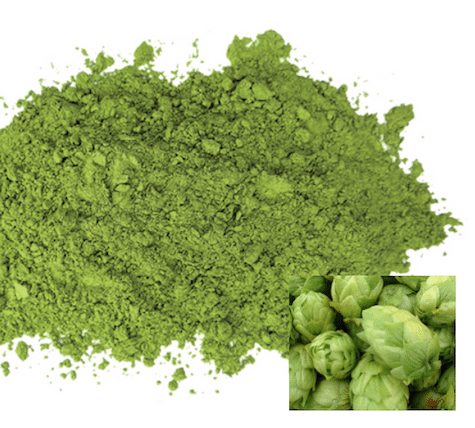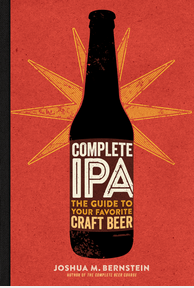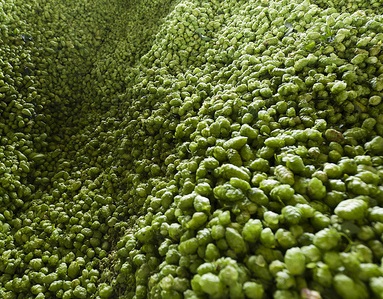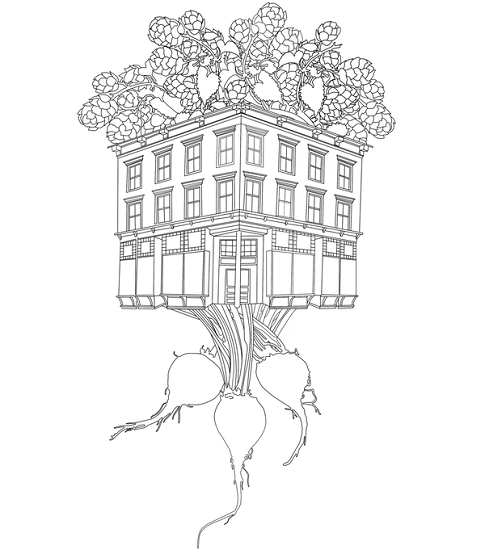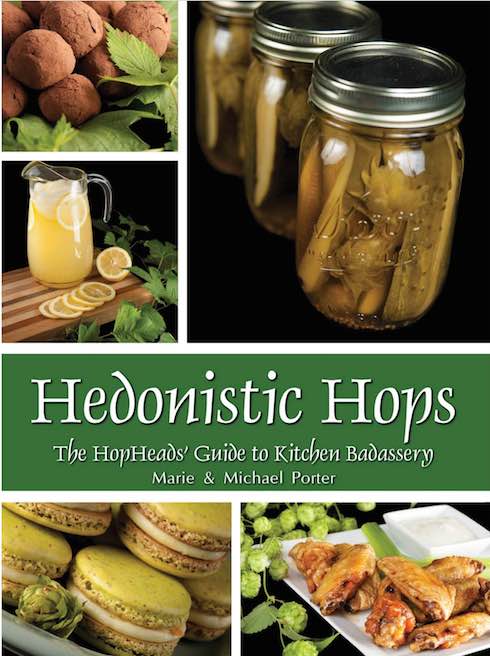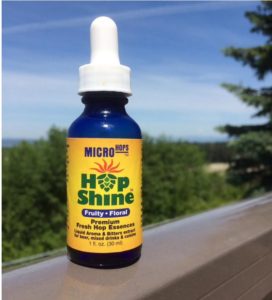
To be upfront, I have no qualm with a brewery evolving. Styles and tastes do change in brewers as well as customers.
If an English-style mild is being outsold by an IPA, then it makes prudent business sense to make more IPA and to make the mild a specialty to drive up interest. I also understand that a Belgian-style brewery will eventually head into IPA country. I saw the crowds that were drawn in by it. Again just solid business sense.
Where I start to get queasy is when the diversity starts vanishing like Marty McFly’s siblings. As a snapshot, two weeks ago my drinking list included 4 IPA’s, 1 DIPA, a hemp ale, 2 Belgian blondes, 3 Saisons, a milk stout, an imperial wit, wine barrel aged Saison and a craft pilsner. Now that is still heavily weighted to hops but that is partially because the marketplace is heavily driven by IPA’s.
So when I see that eateries like Laurel Tavern (which I like and haven’t been to in a long time) and Forman’s (which I have not visited) and their overarching restaurant group have teamed up with MacLeod’s for a beer that is described as an “English inspired, west coast driven pale ale they named Tasty Cold Beer.” I cringe a little because I want to see a drive towards more truer English styles, more cask ales and not away from it.
Nothing against MacLeod’s or their new brewer Josiah. And maybe it is just the name of the beer and the shortened TCB moniker that rankles me. I will be tasting it before passing any final judgement. I mean, it is still Yorkshire yeast and just Mt. Hood and Crystal hops, and certainly not a West Coast hop bomb at 31 IBU’s but I guess I sorta don’t need more hoppy pales or hoppy pilsners or hoppy Belgians or hoppy ciders. The underlying styles are being dosed too liberally with hops (and then the hops with fruit, but that is another rant).
I don’t mean to sound too much like the cranky grandpa, other beer writers have that doomy & gloomy beat covered, but I guess I wish there was business room for a brewery to thrive brewing the styles that are often overlooked and under bought. Or maybe I need to lead by example and take the dive into a hopless month or a hopless week each month.


